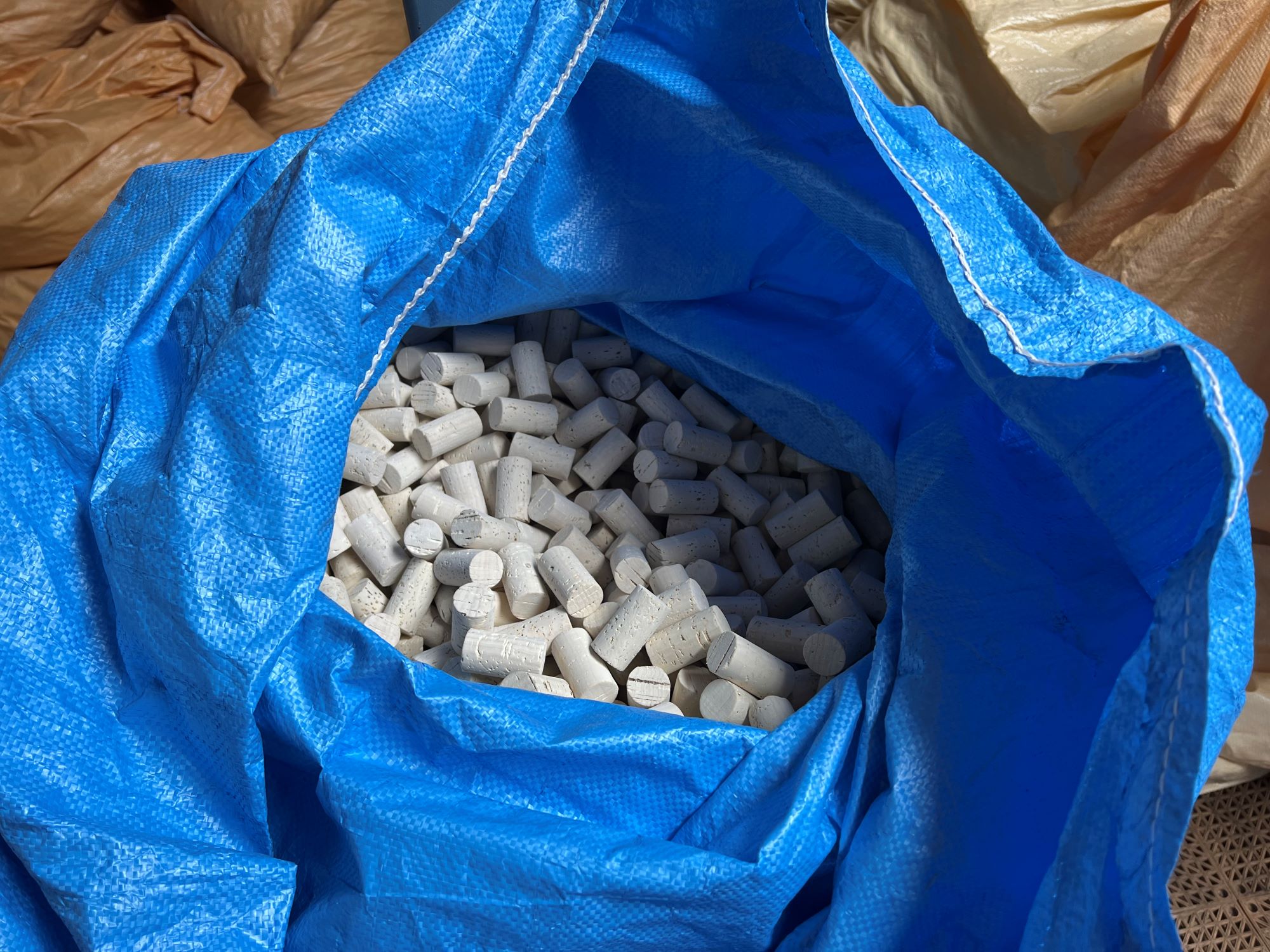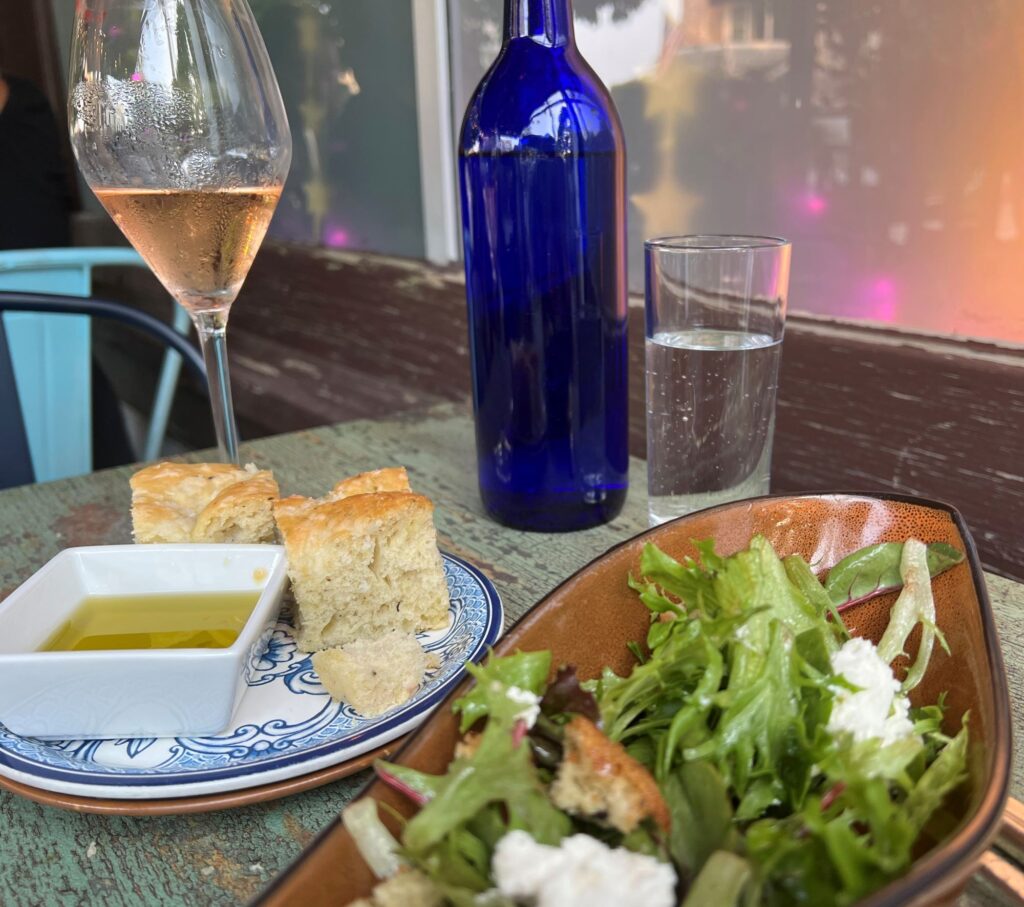I’ll never look at a wine cork the same way again after touring Lafitte Cork & Capsule in Napa Valley. Cork-making is just as meticulous as the wine bottle it protects.
(I write this story as an example of the individualized, memorable travel experiences we can shape based on friends, family and local contacts and, on occasion, extra research and advance preparation. Wherever you go, even in your hometown, there is probably someone in your orbit who can take you deeper into the distinctive features of the region. And, coincidentally, as corks are customized for each bottle, this approach is another way to travel on your own terms.)
The journey of each cork starts on cork oak trees in Portugal with manual labor and ends with custom laser stamping on the factory’s manufacturing floor. Grown and cut in the old country, the Lafitte corks are treated, moisturized, branded, bagged and boxed here in California’s wine country. In between, there’s the step of capsule factories in France (the foil that encapsulates corks and made from tin or aluminum). It’s an intricate process loaded with multiple quality control steps and options for custom designs. All for one little cork on a single wine bottle!
My Womantraveler friend’s son gave us the insider’s tour this summer to launch our 3-day Napa Valley adventure. Lafitte is a well-known French family, which harvest and produces corks in several countries; it opened the North American manufacturing operation in Napa in 1982, establishing a footprint in the early years of Napa Valley’s development as a major wine producer.
The Process
In Portugal, cork trees are harvested after 8-10 years; the woody fiber is cut in a circular fashion from the tree, dried, further cut into small flats and punched out one by one. You’ll notice that some corks are made of micro cork bits glued together and that corks have different colors (some are bleached, for example) and textures – pure cork, micro corks, etc. Cork manufacturers are naturalists, promoting a sustainable industry over the use of plastic corks and are committed to high performance, intent on using the latest technologies such as micro corks, and preserving the lowest costs. (A single cork might range from 10 cents to $1.50 for the purchasing winemaker.)
Inspections occur at several milestones across the manufacturing chain. Scanners detect bacteria (bad) and ensure optimal moisture level after corks rest in the ozone-infused moisturizing room to ensure cork sterility for 48 hours. Here at Lafitte there is also a testing lab to detect TCA, a chemical that ruins the flavor with its musty, moldy smell.
Further extending customization of each vintage and retail design are the hundreds of bottle molds. Capsule spinners fit the foil around the cork and neck, encapsulating the bottle with branded art work from the proprietors and are embossed or printed.
Our insider’s view of Lafitte was one of the more fascinating adventures I’ve had after years of living near and traveling in Napa Valley. I think the complexity of the story of one cork is best told in pictures.



